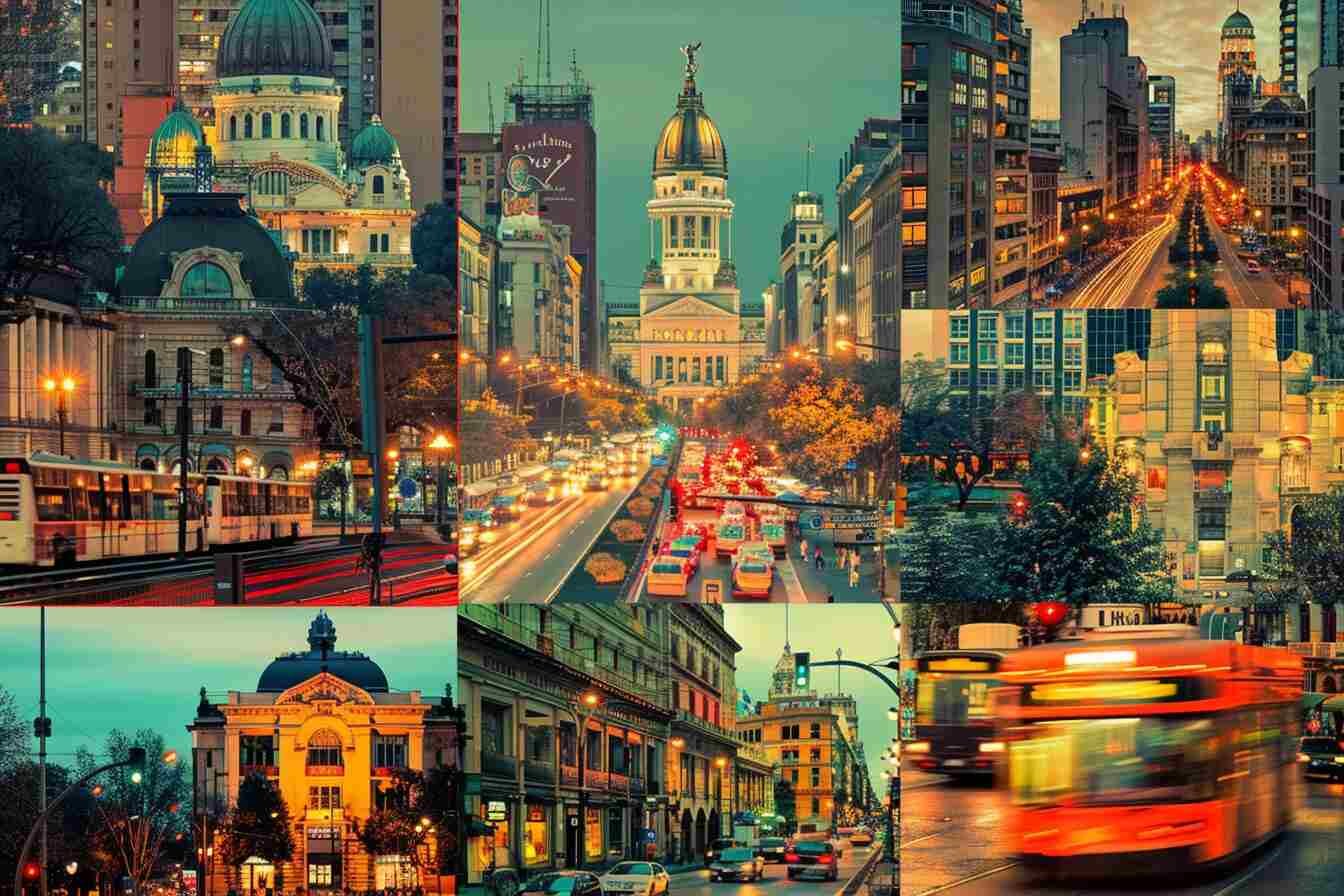Wat Pho, Temple of the Reclining Buddha in Bangkok
Not far from the Grand Palace, and easily accessible on foot, you will find Bangkok’s second main tourist attraction: Wat Pho.
It is one of the oldest Buddhist temples in the whole country. It houses the largest reclining Buddha in the city: 46 m (151 ft) long and 15 m (49.2 ft) high! The statue represents the death of Buddha.
When you walk around the statue, do not forget to admire the soles of the feet, all encrusted with mother-of-pearl and decorated with symbols.
Inside the temple, you can also discover:
- The Gallery of Buddhas and its 394 golden Buddhas
- The 4 royal chedis covered with colored ceramics
- The Phra Ubosoft where rests the ashes of King Rama 1st guarded by another famous statue of Buddha all in gold.
Entrance to Wat Pho is 200 Baht and the visit takes about 1h30. It’s open from 08:00 to 18:30.
For all other information, it is on the official website.
Description
Wat Pho was built in the 16th century during the Ayutthaya era. But, it was almost completely rebuilt by King Rama 1st in 1781 and then restored by Rama 3rd in 1839. Wat Pho temple owes its reputation to its huge reclining Buddha, measuring 46 meters in length and 15 meters in height.
Its official name is Wat Phra Chetuphon Vimolmangklararm Rajwaramahaviharn.
The construction of the current temple began in 1788, on the site of an older temple, Wat Phodharam, Wat Pho, is a contraction of its old name.
It was extended, with extensive restorations, during the reign of Rama III (1824-1851) and was restored again in 1982. Covering an area of 8 hectares (861113 sqft), this temple is located east of the Chao River Phraya, immediately south of the Royal Palace.
The temple complex houses the largest collection of Buddha images in Thailand, including a 46m-long reclining Buddha.
The temple is considered the first center of public education in Thailand, the marble artwork and inscriptions placed in the temple for public instruction have been recognized by UNESCO in its “Memory of the World” program.
The temple houses a school of Thai medicine and is also known as the birthplace of traditional Thai massage which is still taught and practiced at the temple.
The Reclining Buddha
This statue represents Buddha on his deathbed, about to enter parinirvana. It is 45 meters long and 15 meters high.
The chapel and the reclining Buddha were built by Rama III in 1832.
The Reclining Buddha image represents the Buddha’s entry into Nirvana and the end of all reincarnations.
It is one of the largest Buddha statues in Thailand. The soles of the Buddha’s feet are 3 m high and 4.5 m long, they are inlaid with mother-of-pearl representing the 108 states of Buddha.
In the center of each foot is a circle representing a chakra or energy point.
The Phra Ubosot or “bot”
Is the main hall which is used to perform Buddhist rituals and is considered the most sacred building in Wat Pho.
A golden Buddha statue on a pedestal made of gold and crystal sits inside the building.
Useful information
The entrance fee is 100 Baht for all visitors, except for children under 120 cm (3,9 ft) who enjoy free entry.
When to visit Wat Pho?
Opening: 08:00-17:00. Wat Pho receives the maximum attendance between November and February, during the very high tourist season in Thailand. Go very early in the morning, at noon or at the end of the day to avoid the crowds.
Address: 2 Sanamchai Road, Grand Palace Subdistrict, Pranakorn District, Bangkok 10200.
Dress code
As with all Buddhist temples, you must have proper attire to visit Wat Pho, no short shorts above the knees for women, covered shoulders and you must remove your shoes in order to enter the rooms.
How to get here?
Public transportations:
• Bus Nos. 1, 3, 6, 9, 12, 25, 32, 44, 47, 48, 53, 82
• Air-conditioned bus Nos. 1, 6, 7, 8, 12, 44, 48
• Chao phraya Express boat. Get off at Tha Chang pier, Tha Tien Pier or Pak Klong Talad Pier, then walk through Thai Wang Road entrance.
Sources: PinterPandai, Tourism Thailand, Lonely Planet, TripSavvy
Photo credit: Pxhere (CC0 Domaine public)



